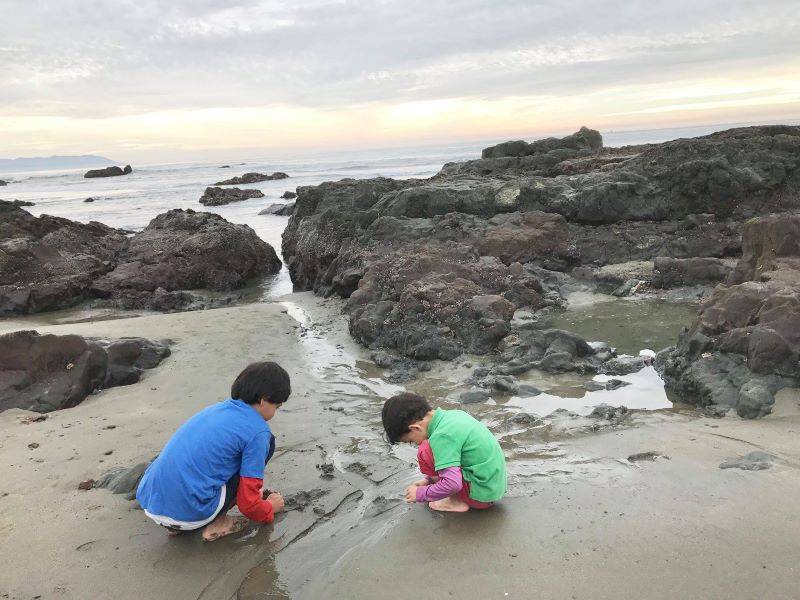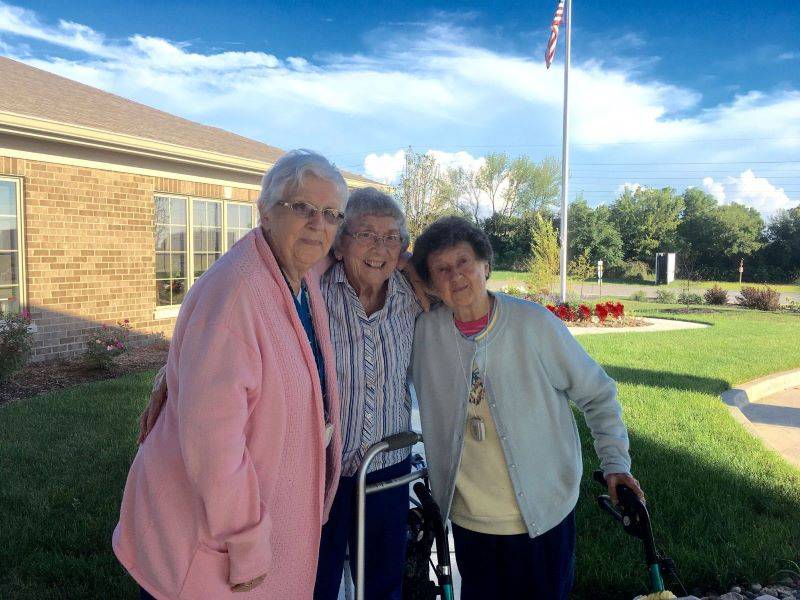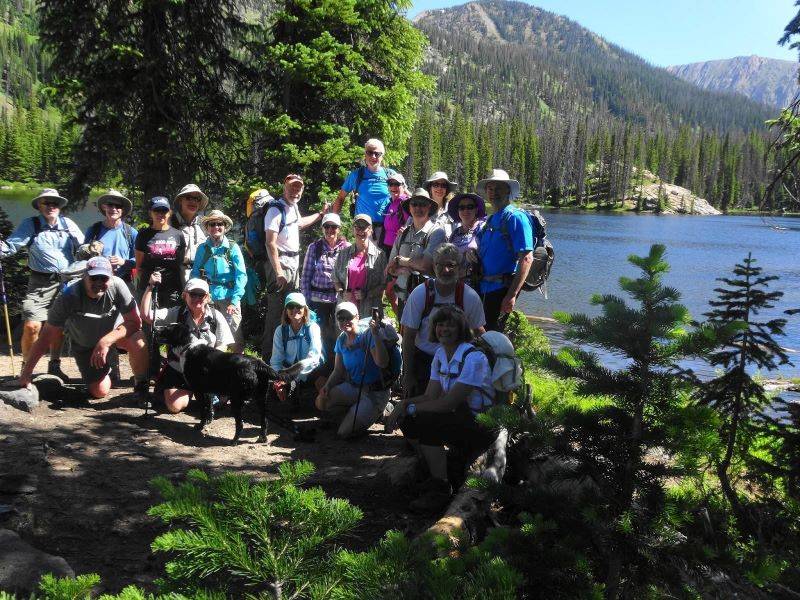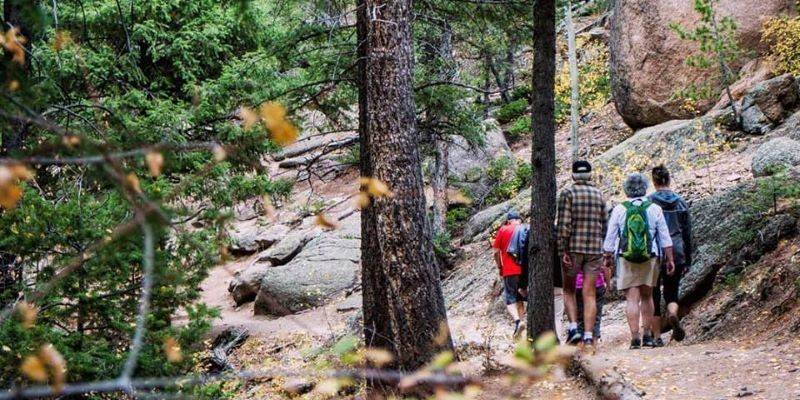The University of Illinois Humans in Nature Project encourages individuals and families to become more involved in nature through sharing photos and stories of their experiences outside. These stories are put on social media and their website in order to capture the beauty and inspire others to spend more time in nature every day. Dr. Aaron T. Ebata, and associate professor and extension specialist in the Department of Human Development and Family Studies, along with his graduate assistant and interns on the project, give the public access to stories and research regarding the HIN project and use their research to raise awareness of the benefits of taking care of the nature around us and encourage people of all ages to #GetOutside!

Smile Politely: Can you describe the mission behind Humans in Nature?
Dr. Aaron T. Ebata: Humans in Nature is a program of University of Illinois Extension and San Jose State University. Our goal is to encourage people to spend more time outside, by informing them of the benefits identified from research, and by inspiring and motivating them using social media tools.
SP: What started the program and the outreach? How was the program developed through the University and what did the program hope to achieve in the local community?
Ebata: The Humans in Nature Project grew out of a more general interest in supporting families under stress. Some family stresses are normative (like having a toddler who is in the tantrum stage, or going through the teen years) and others may be unpredictable or unusual (surviving a death or disaster, or having a chronic health problem). My earlier work focused on developing online resources for parents, and providing leadership for The Autism Program (TAP) at UIUC. Although I had not been encouraging the effects of nature on people, my experiences growing up in Hawaii, being in natural areas across the country, and being a parent made me eventually shift my focus.
I am not an authority in this area! But the University of Illinois is home to some of the foremost authorities on how nature affects humans. Our efforts are inspired by them, and we try to give voice to the work they and others do. Dr. Ming Kuo in the Department of Natural Resources and Environmental Sciences(NRES) has been a pioneering force in calling attention to how nature influences physical health, learning, and psychological and well-being. Dr. Andrea Faber Taylor (also in NRES) along with Dr. Kuo demonstrated that children benefit from spending time in nature. Dr. Bill Sullivan (head of the Department Landscape Architecture) and his students have also looked at the effects of natural environments and recently showed that using an electronic device outside prevents the positive effects of nature. More recently, Dr. Matt Browning (Department of Recreations, Sports, and Tourism) has been looking at trying to identify the elements of nature that are responsible for positive effects — by testing how “virtual” natural spaces affect individuals.
A former student, Dr. Dina Izenstark (now an assistant professor at San Jose State University and a collaborator on the project) and I found that most research on the effects of nature focus on individuals, so we decided to extend the research to look at how nature affects family relationships. Dr. Izenstark developed an innovative theoretical framework that integrated ideas from environmental psychology with approaches from human development and family studies.
Given that my background has focused more on translating and applying research for public use, we decided to develop an outreach effort that would focus on “spreading the word” about the work that my research colleagues have been doing and encouraging people of all ages to spend more time outside. We do this by trying to appeal to the head (by informing) and the heart (by inspiring). In this day and age, this means using social media, so I have a team of undergraduate and graduate students who help design and carry out a social media strategy to complement more “traditional” approaches.

SP: Can you speak on behalf of the research conducted in the program and how the studies conducted work to expand knowledge of our environment?
Ebata: The work being led by Dr. Izenstark has shown that time spent in nature may have positive benefits for family interactions and relationships — not just individual health and well being. We have also found that memories of family-based nature activities have powerful symbolic meaning for college students. The times they spend outside with their families seem to hold particular power and feel more special than activities or time spend indoors. There is a lot of work calling for encouraging children to spend more time outside — just knowing the “nature is good for kids” may not be enough to actually structure family time so that children can spend more time outside. There is growing evidence that spending time outside may also be good for relationships and that may be a good reason for spending more time outside with people you care for.

SP: What are some ways the community can get involved in the program and/or get more involved with the environment and nature in their daily lives? Are there ways we can give back to the environment either collectively through the program or individually?
Ebata: We are not focused on taking actions in the local area, but we do try to use local examples and get stories from people in the C-U area. Locally we have wonderful natural areas like Meadowbrook Park, Busey Woods, Kickapoo Park, Allerton Park etc. The Champaign Forest Preserve’s facility at Homer Lake lets you hike, use the lake, and have kids frolic in their terrific Natural Playscape. The new Friendship Grove Nature Playscape next to the Urbana Park District’s Anita Purvis Nature Center is terrific for kids and parents. For quick lunchtime walks there is the U of I Arboretum and the grounds and gardens of Japan House, Helms Park (the Boneyard Creek) catty corner from Scott Park on 2nd and Springfield, and Mattis Park off of Devonshire Drive.

SP: Why are individual stories and encounters with the environment an important part of the outreach of the program?
Ebata: My earlier work in the parenting area showed that although parents might value “expert opinion” they especially value the experiences of “people like them”. This is why social media is so powerful! On our Parenting 24/7 website we included video from “typical parents” to illustrate or reinforce ideas from experts. Our use of individual stories is to get more of a response when you see someone like you that might make you think “Oh that’s a great idea — I could be doing that”.
You can follow Humans in Nature on Facebook and Instagram. Want to share your #GetOutside story? You can submit your photos and stories here.
Photos from Humans in Nature Facebook page








